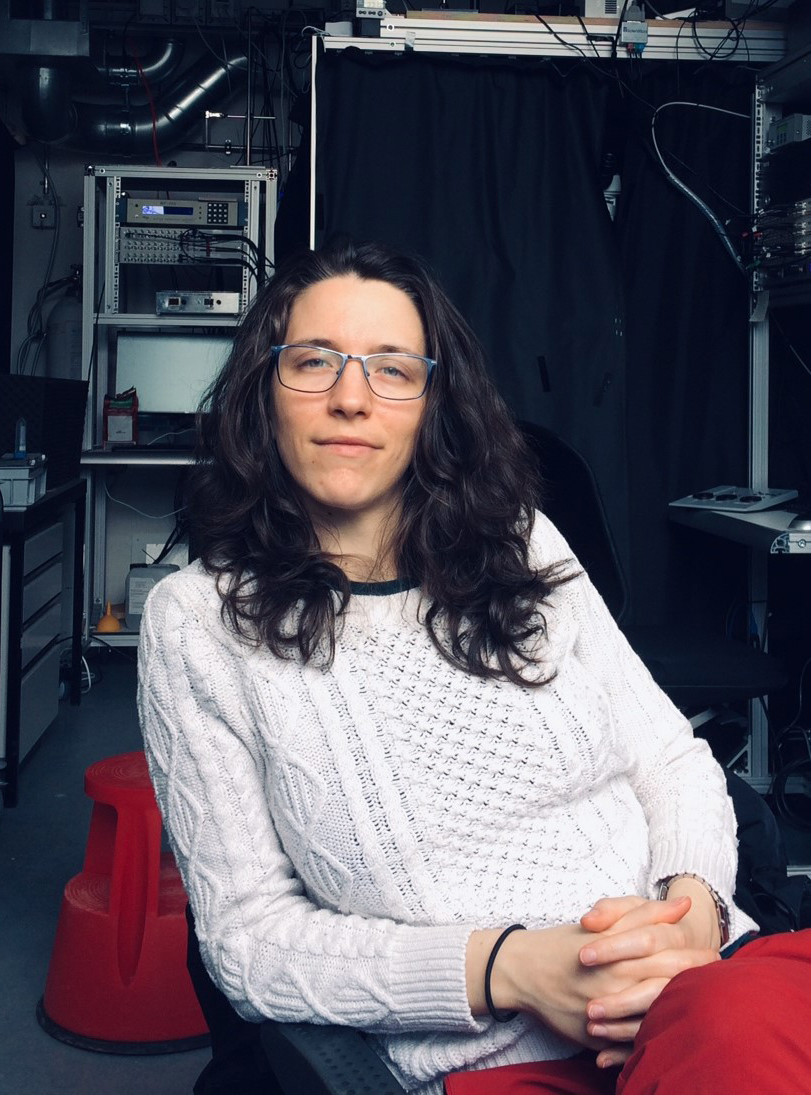Cerebellar Metastasis
Published:
Cerebellar contrast enhancing mass in a patient with lung cancer
HISTORY:
57 year old male with treated lung cancer presents with history of dizziness and headaches. The neurological exam revealed right-sided dysmetria in finger to finger and finger to nose tests, slight inbalance in Romberg test and subjective instability during walking.
DIAGNOSTIC STUDY:
MRI brain showed infratentorial cerebellar contrast enhancing mass, heterogenous with surrounding edema, compatible with a malignant tumor, probably metastasis in the history context of the patient
SURGICAL APPROACH:
Suboccipital Infratentorial Supracerebellar
POSITIONING:
A Mayfield head clamp was applied. The patient was placed in prone position with the head slightly flexed in concorde. All pressure points were well-padded. The hair was clipped over the planned incision. Pre-prepping was done with chlorhexidine solution. The electrophysiology monitoring team inserted needles in their proper locations and baseline SSEPs and motor evoked potentials were obtained. The patient underwent co-registration of the preoperative stereotactic MRI with his surface landmarks.
OPERATIVE TECHNIQUE:
The area was prepped and draped in the standard sterile fashion. A midline incision from lambda to the C2 prominence was infiltrated with lidocaine and opened sharply using a #21 scalpel blade. The dissection of the subcutaneous plane until the nucal fascia and occipital periostium was conducted with a monopolar electrocautery. Upon this plane, lateral dissection was achieved to expose the plane wider for future closure. A Y-shaped incision was performed of the nucal fascia and periostium just below the external occipital protuberance. Then, the dissection through the nucal midline with the monopolar was continued sparing the cervical muscles, detaching the insertion of the semispinalis capitis from the inferior and superior nucal lines in the occipital bone. The posterior arch of C1 was also exposed with special care in the lateral dissection avoiding damage to the vertebral artery. Before performing the suboccipital craniotomy, the inferior margin of the occipital bone was dissected from the foramen magnum dura with the help of a Kerrison bone punch #1, to avoid bleeding and traction on the brainstem when uplifting the bone.
Two small burr-holes at both sides of the upper occipital sinusand craniotomy was performed with two lateral passes down to the foramen magnum. Then, after dissecting the cerebellar dura from the bone, the two upper burr-holes were connected with a Kerrison #2. The bone flap was uplifted and the dura was noted to be intact.
The operating microscope was then draped and brought into the operative field. A U- shaped dura incision was performed with base towards the transverse sinus and the dura tented upwards to aid in the view of the supracerebellar corridor. A cottonoid pattie was placed on the transverse sinus and kept moist through out the procedure. The dural flap tented upwards was also covered with moist cottonoids to avoid light heat damage and retraction at the closure step. Arachnoid adhesions were cut widening the supracerebellar space. With the aid of the navigation probe and inspection of the cerebellar cortex the superficial part of the tumor was located lateral to the upper vermis and just above the horizontal fissure. A small corticectomy was performed along the folia. The lesion was noted to be grayish, soft in consistency and with ill defined borders. Utilizing a combination of bipolar electrocautery and suction an inferior plane of the tumor was developed. Then the dissection continued inferiorly and medially, finding heterogenous cystic components that were aspirated. At each given plane cottonoid patties were left in place to protect and delineate healthy tissue. Finally, the dissection was completed laterally and anteriorly removing the remaining lesion en bloc.
The tumor specimen was sent to pathology. The surgical bed was subsequently irrigated and inspected for residues and bleeding spots until clear hemostasis was achieved utilizing a combination of bipolar electrocautery and oxidized cellulose absorbable hemostat (Surgicel).
The dura was subsequently closed with running non-absorbable braided 4-0 silk suture. The bone was secured in place utilizing plates and screws. Approximation of semispinalis muscle was performed with a 2-0 synthetic absorbable suture (Polysorb). The same suture knot was used to attach the muscle plane back to the occipital bone using some of the fixation plates. Two layers of individual inverted knots along the nucal line were completed. Periostium along with the nucal fascia were closed in a single plane with a running suture of 2-0 synthetic absorbable suture (Polysorb). The subcutaneous plane was closed with inverted single knots of the same suture type. The skin was then closed with a 3-0 intradermal running absorbable suture (Monosyn). A sterile head dressing was placed over the closed wound.
Neurophysiological monitoring remained stable throughout the entire case. All sponge and instrument counts were correct at the end of the case times two. The patient tolerated the procedure well and was transferred to the recovery room in stable condition.
HISTOLOGICAL DIAGNOSIS:
Lung Cancer Epidermoid Metastasis
POSTOPERATIVE EVOLUTION:
The patient awaken with no complications. Dizziness and subjective stability during walking improved. Over the days, dysmetria improved but remained assymetric to the contralateral side. Postoperative MRI showed gross total resection with no complications. Discharge was given at postoperative day 7 with appointments for oncological follow up and rehabilitation.
NUANCES AND DECISION STRATEGY
- Midline nucal line dissection to avoid muscle damage and bleeding
- Periostium plane and nucal fascia sutured in one single plane with a running suture
- Reattach semispinalis capitis to the occipital bone with the help of the fixation plates
- U shape dura incision and keeping the dura tense and moist during surgery allows a good closure reducing risk of CSF leak
- Dissect the inferior border of occipital bone from the foramen magnum duramater to avoid traction during the elevation of the bone flap with Kerrison #1
- Protect healthy tissue surrounding the tumor with cottonoids and attempt a en bloc removal of lesion
- Cover CSF pathways like the foramen magnum cistern with cottonoids to reduce the risk of tumor cell seeding spread
